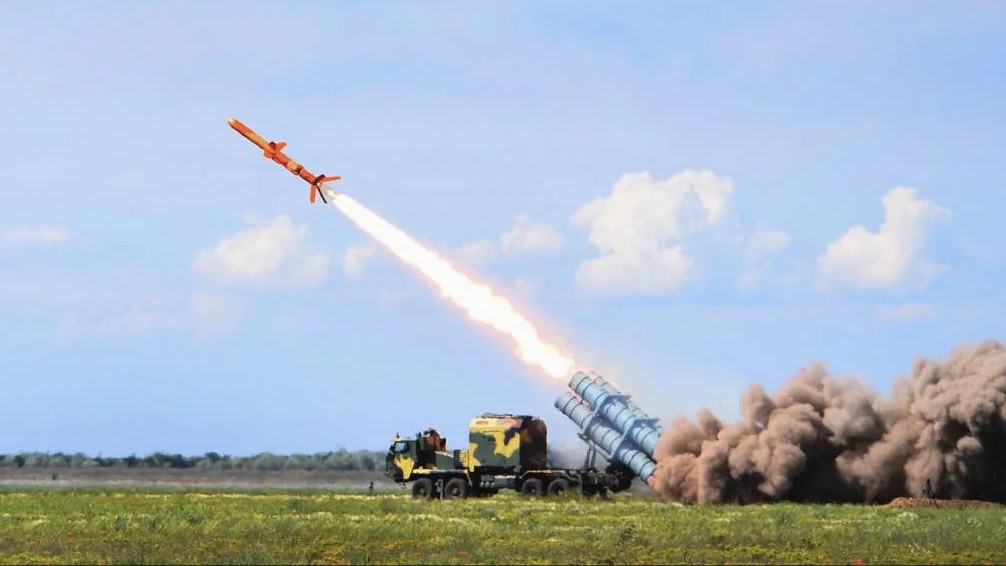DRDO's SSPL Develops Advances Indigenous SiC and GaN Technologies for India's Future Defense Systems

In a significant stride for India's defense capabilities, the Defence Research and Development Organisation (DRDO) has achieved a breakthrough in semiconductor technology through the work of its Solid State Physics Laboratory (SSPL). This laboratory has developed an indigenous process to produce advanced Silicon Carbide (SiC) wafers and Gallium Nitride (GaN)-based High Electron Mobility Transistors (HEMTs), which are set to power next-generation defense and aerospace systems. This accomplishment holds major implications for India’s strategic autonomy in semiconductor tech, particularly for applications in critical systems like radars, electronic warfare, and even clean energy solutions.
SiC and GaN: A New Frontier in Power and Efficiency
Silicon Carbide (SiC) and Gallium Nitride (GaN) materials are leading the charge in next-gen electronics because of their unique properties. SiC offers exceptional durability and can handle high voltages and temperatures better than traditional silicon, making it ideal for high-performance applications under extreme conditions. Meanwhile, GaN-based components, particularly GaN High Electron Mobility Transistors (HEMTs), provide ultra-efficient power and performance in compact designs. Together, GaN/SiC technology not only boosts power efficiency but also reduces the overall size and weight of electronic components, crucial for mobile and airborne systems.
SSPL has successfully developed 4-inch diameter SiC wafers, a feat that indicates India’s self-reliance in producing this material at a competitive size and scale. Alongside, the lab has developed GaN-based HEMTs with power outputs up to 150 watts and Monolithic Microwave Integrated Circuits (MMICs) with outputs up to 40 watts, both optimized for applications in the X-band frequency range. These specifications make them invaluable in radar and communication systems, which demand both power and resilience in challenging environments.
GaN/SiC: Driving Next-Gen Defense and Clean Energy Applications
As confirmed by India’s Ministry of Defence, GaN on SiC technology underpins essential next-gen applications across defense, aerospace, and even green energy domains. In defense, GaN/SiC-based MMICs are already emerging as core components for high-performance radar systems, advanced electronic warfare units, and communication arrays. Their compact nature and ability to deliver high power make them particularly well-suited for unmanned systems, where every gram of weight and cubic centimeter of space can impact mission success.
This technology has also opened up pathways for eco-friendly energy solutions. GaN and SiC components are key enablers of efficient power conversion, and their adoption in renewable energy and electric vehicle applications could significantly advance India's green energy initiatives. GaN on SiC-based MMICs, with a growing domestic production capability at facilities like GAETEC in Hyderabad, have the potential to drive this evolution, bridging the defense and clean energy sectors with high-performance, environmentally conscious systems.
Strategic Advantages and a Path to Self-Reliance
The implications of this indigenous capability extend beyond technical specifications. With the ability to manufacture SiC wafers and GaN-based devices locally, India has made significant progress in its goal for 'Aatmanirbhar Bharat' (self-reliant India). The production of multifunctional MMICs with applications spanning 5G communications, space, aerospace, and strategic defense represents a milestone in reducing dependence on foreign suppliers for critical semiconductor technologies.
SSPL's advancements in SiC and GaN technology underscore India's evolving semiconductor landscape. As the nation continues to make strides in electronics manufacturing, these materials could soon serve as the backbone of India's defense and clean energy infrastructure, strengthening both strategic resilience and sustainable growth. With global semiconductor supply chains facing challenges, this self-reliance could not be more timely, positioning India as a future leader in critical technology production.


